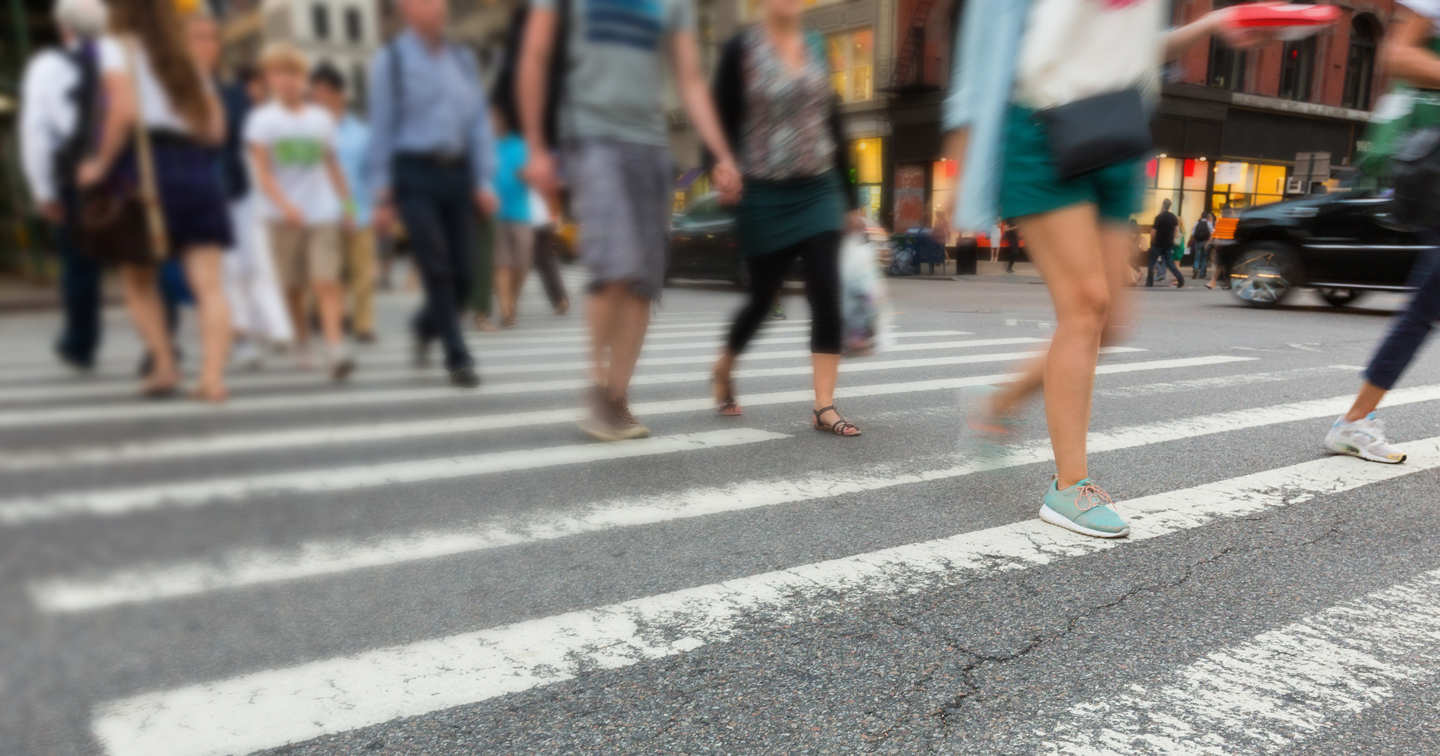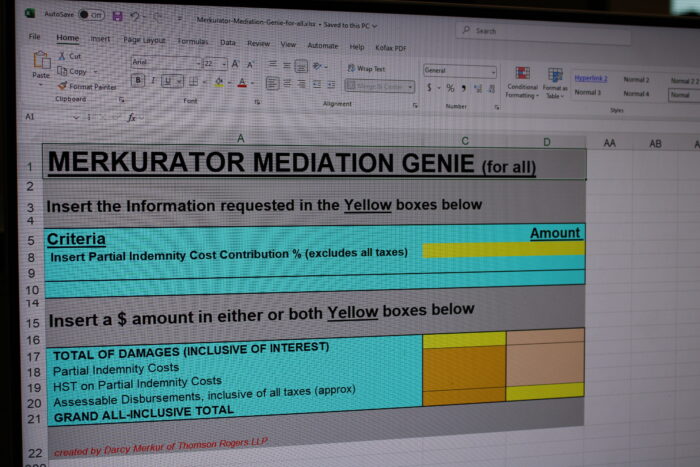Pedestrian accidents in Scarborough: A disturbing trend
June 5, 2018

Recently, a study commissioned by the City of Toronto identified numerous reasons for this increase in traffic casualties across the city. Boulevards have deteriorated to such a degree that they require full reconstruction. There is a lack of pedestrian crossings and medians to allow safe passage across roadways, and dedicated cycling lanes are fraught with confusing intersection markings and are littered with potholes.
Officer Clinton Stibbe of the Metro Toronto Police Traffic division made a very poignant comment when he discussed in general pedestrian deaths and their relationship to “speed”. The speed of a car, at the time it strikes a pedestrian, is a determining factor in survival. The officer stated, “5% of pedestrians struck by a car travelling at 30 kilometres per hour will die; 55% will die if the car is travelling at 50 kilometres per hour; and, 90% will die if the car is travelling faster than 60 kilometres per hour.”
The City of Toronto keeps lists of the most dangerous intersections for pedestrian deaths and injuries. What is surprising is the number of Scarborough intersections that top the list. In fact, 7 out of 10 of the most dangerous pedestrian accident sites in Toronto are in Scarborough:
- Markham Road and Tuxedo Court, Scarborough
- Milliken Blvd. and Finch Ave. E., Scarborough
- Neilson Rd. and Mclevin Ave., Scarborough
- McCowan Road and Alton Towers Circle, Scarborough
- Eglinton Avenue East and McCowan Road, Scarborough
- Finch Ave. E. and Sandhurst Circle, Scarborough
- Finch Ave. E. and Bridletowne Circle, Scarborough
All of these Intersections have similarities:
- Multiple wide lanes.
- Road markings and signage that all appear to be correct.
- Pedestrian crossing signals.
- Adjacent or close to residential neighbourhoods.
- No sight line obstructions for motor vehicles or pedestrians to see each other.
- A posted speed limit of 60 km ph.
- TTC bus indentations at the intersections so that the bus can pull over and allow uninhibited traffic flow when passengers are getting on and off.
What seems to be the problem is not necessarily pedestrian and/or driver error, but rather a design flaw. Because these roads are so wide, it is difficult for pedestrians to travel safely across the entire roadway in the allotted time. Furthermore, people are often anxious to catch a bus and forget to make sure that they can cross the road safely. In addition, the speed limit through the intersection is 60 kilometres per hour. Therefore, a mistake by a pedestrian or a driver going through the intersection has a much higher chance of being fatal.
Share this






